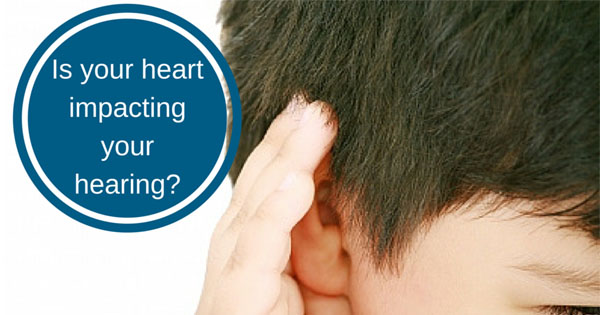
Heart disease is the leading cause of death worldwide, equaling 17.3 million deaths annually. Approximately 635,000 Americans have their first heart attack each year with 2,150 Americans dying daily from heart disease and stroke. (Source: 2015 Heart Disease and Stroke Statistics Update)
Lowering your risk factors for heart disease will help you prevent a heart attack.
- Make healthy food choices. There are many ways you can adjust your diet to promote heart health. Control portion sizes to avoid excess calories, increase your intake of vitamin and nutrient rich fruits and vegetables, switch from processed grains to whole grains for increased fiber, eliminate trans fats, opt for lean proteins, and reduce sodium intake.
- Monitor your blood pressure. High blood pressure increases the development of atherosclerosis, which is the build-up of arterial plaque. This build-up causes narrow arteries, reducing blood flow to the heart leading to increased risk of an artery becoming fully blocked or blood clot formation. Blood pressure is known as the “silent killer”, meaning you usually don’t know you have high blood pressure. It is important to periodically monitor levels. If your average blood pressure is greater than 140/90 mm Hg, discuss with your doctor.




 Heart disease impacts blood flow to the inner ear, which can lead to hearing loss.
Heart disease impacts blood flow to the inner ear, which can lead to hearing loss.

